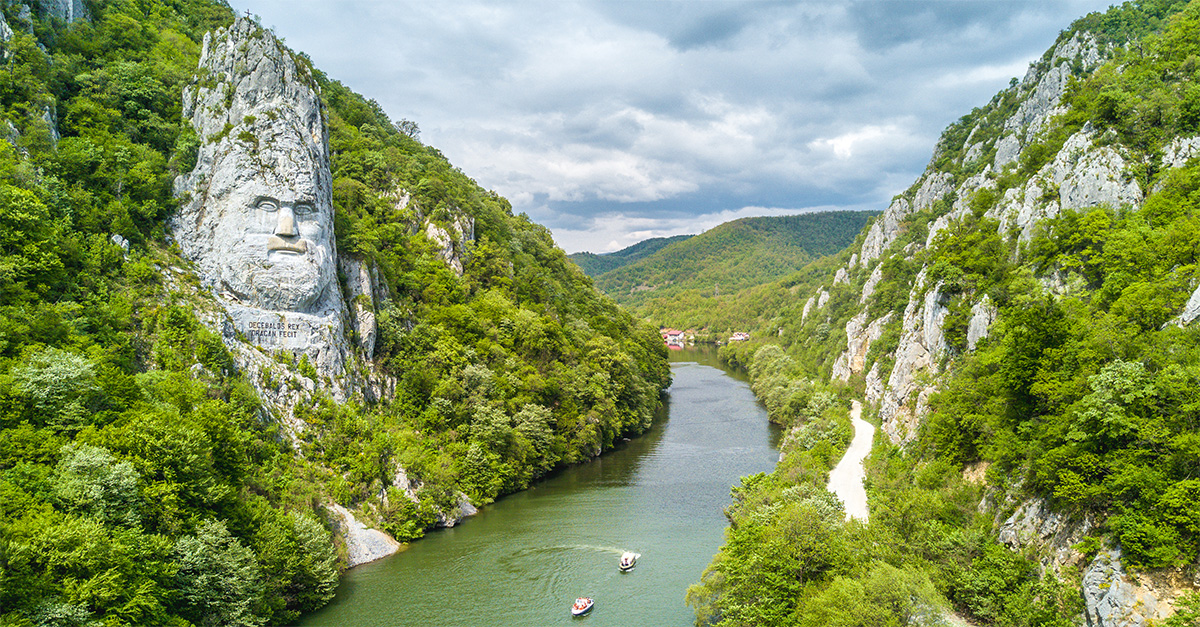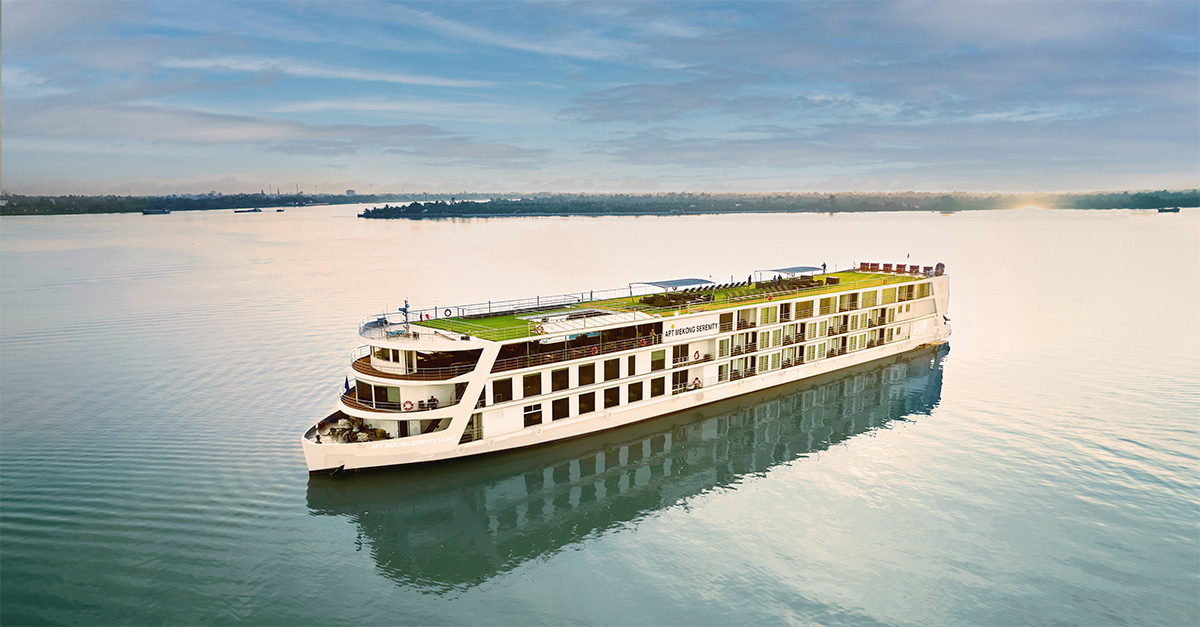Emily Bamber heads to this lesser-known part of the Middle East for deserts, dhows and diving
Situated on the southeast edge of the Arabian Peninsula, bordering the United Arab Emirates, Yemen and Saudi Arabia to the west, Oman’s key selling point is its 1,060-mile coast, stretching from isolated Musandam in the north to semi-tropical Salalah in the south.
Currently relatively tourist-free, but with increasing hotel development, Oman is emerging as a hot winter-sun destination for the UK market.
 Muscat
Muscat
Oman’s modern capital is a 30-minute drive from Seeb International airport. Once past the sprawling, traffic-congested suburbs, the town is peaceful and picturesque, dominated by a pleasant cornice hugging the ancient harbour at Muttrah. The souk sits in the centre of the bay. Musandam
The most northerly point of Oman is separated from the rest of the country by a 44-mile slab of the UAE and a mountain range, creating superb conditions for diving, which operates out of Khasab. Other sights include the coastal fort of Bukha.Nizwa
The country’s former capital sits at the foot of the Hajar Mountains and is dominated by Nizwa Fort, built in 1668, whose 30-metre tower offers views of the blue and gold dome of Nizwa Mosque and the mountains behind. There is also a pristine souk.Daymaniyat Islands
These nine islands, situated 10 miles off the Batinah coast and accessed by a 40-minute boat ride from Al Sawadi Beach Resort, are a must-see for wildlife lovers and divers. Landing is prohibited but tourists can dive the 20 sites on the coral reef and see barracuda, bottlenose dolphins and humpback whales.Arabian Oryx Sanctuary
This vast reserve on the edge of the otherwise ‘Empty Quarter’ exists to preserve the habitat of the endangered Arabian White Oryx, but is also a great place to spot bird life.Salalah
Highlights of Oman’s second city include the Sultan’s summer palace and a souk, Al Hafa. Fishing and diving tours operate from the main port and most hotels offer desert and mountain excursions.
Oman: travel facts
- GMT +4 hours
- Flying time: Eight hours from London direct to Muscat
- Airlines: Oman Air operates a daily, direct service from Gatwick to Muscat, connecting with its domestic flights to Salalah and Musandam. British Airways flies direct; Gulf Air operates via Bahrain; Emirates via Dubai; Qatar Airways via Doha and Etihad via Abu Dhabi
- Tour operators: Abercrombie and Kent, Elite Vacations, Emirates Tours, Gold Medal Holidays, Kirker Holidays, Kuoni, Premier Holidays, Seasons in Style, Thomson, Travel 2
- Currency: Omani rial
- Visa requirements: Single entry visitor visas are valid for one month and can be obtained on arrival by UK citizens
- Jabs: No requirements
- Weather: Summer is April to September when the weather is hot and humid. October to April is an ideal time to visit, as temperatures average 25C to 35C
Sample product
Explore has an eight-night Arabian Sands tour in the Wahiba Sands, including three nights’ camping, optional walks in the Akhdar Mountains and trips to Nizwa, for £1,215 including flights, transfers and bed and breakfast in April.
Travel 2 offers a five-day Northern Highlights tour from Muscat, including visits to Manah and Wahiba Sands Desert from £823 including return flights from London with Emirates, some meals, transport and guide, in October.
Accommodation
Five-star hotels are springing up along Oman’s coastline but there are few budget options. The latest opening is Evason Hideaway at Zighy Bay, Musandam, where guests can arrive by paraglider.
The country’s oldest hotel, Al Bustan Palace in Muscat, recently reopened after extensive renovations and the nearby Shangri-La’s Barr Al Jissah offers three hotels in one resort.

 Muscat
Muscat


